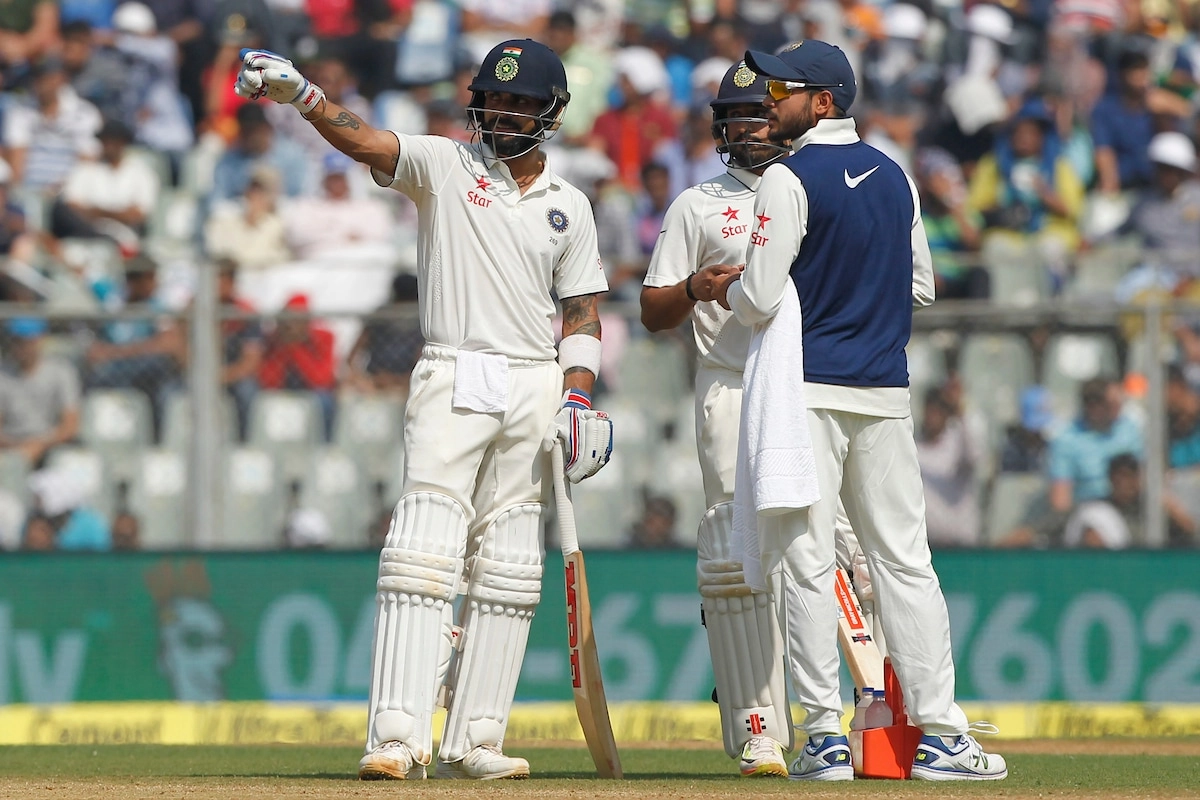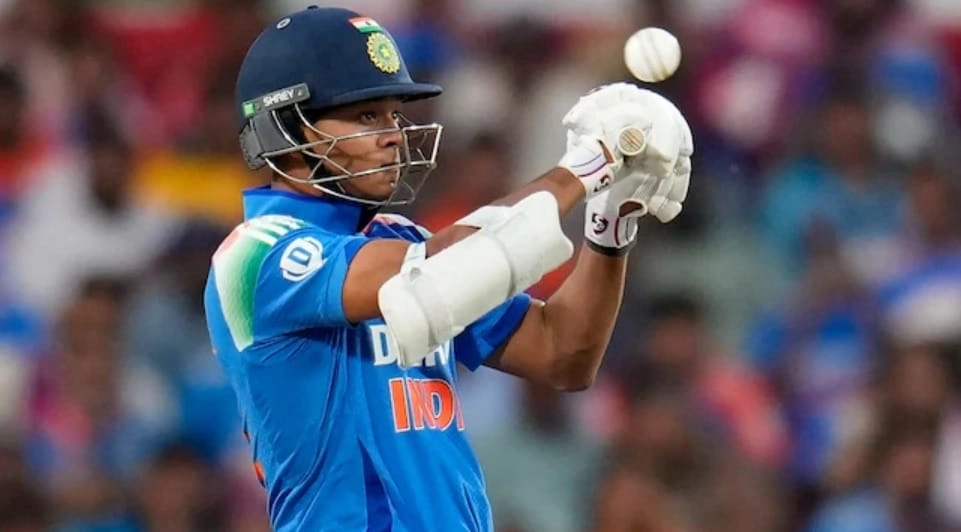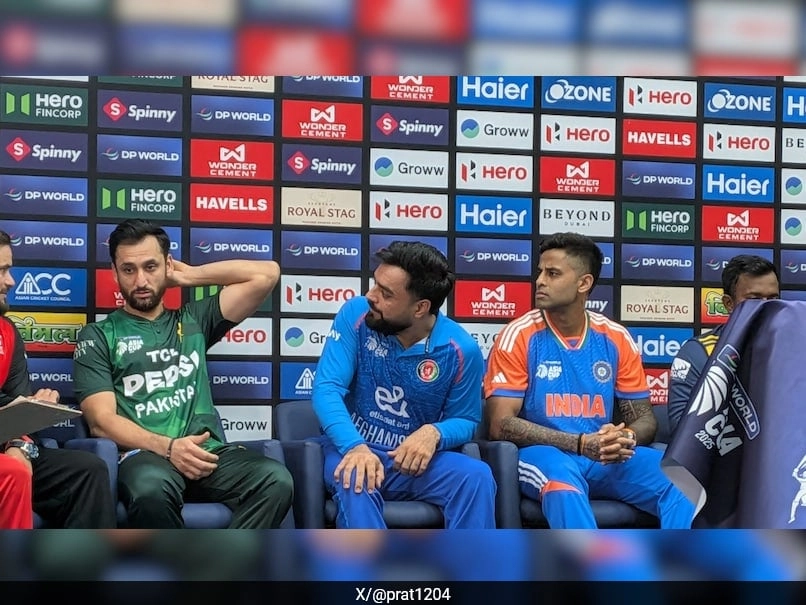The International Cricket Council (ICC) has recently implemented a significant update to its playing conditions, mandating a minimum seven-day stand-down for any player diagnosed with a concussion. This decision comes in response to growing concerns regarding player safety and the long-term effects of head injuries in sports. By introducing this new rule, the ICC aims to prioritize the well-being of athletes and ensure that they have adequate time to recover before returning to the field.
The new playing conditions stipulate that players who exhibit symptoms of concussion during a match must undergo a thorough assessment. If diagnosed with a concussion, they will be required to sit out for a minimum of seven days. This period is designed to allow players sufficient time to heal and reduces the risk of further injury, which can occur if an athlete returns to play too soon. The ICC’s decision aligns with global trends in sports, where governing bodies are increasingly recognizing the importance of concussion protocols and the need for stricter guidelines to protect players.
This initiative is particularly crucial in cricket, where the fast-paced nature of the game can lead to situations where players may not immediately realize they have sustained a head injury. The ICC’s new policy emphasizes the importance of proper medical evaluation and the need for teams to closely monitor the health of their players. Coaches, team managers, and medical staff will need to work closely together to ensure compliance with the new regulations and to prioritize player health above all else.
In addition to enhancing player safety, the ICC’s decision reflects a broader commitment to maintaining the integrity of the sport. By implementing rigorous concussion protocols, the organization is sending a clear message that player welfare is paramount. This move is expected to foster a culture of safety within cricket, encouraging players to prioritize their health and well-being. As the world of sports continues to evolve, the ICC’s proactive approach to concussion management may serve as a benchmark for other sports organizations in their quest to protect athletes from the risks associated with head injuries.




